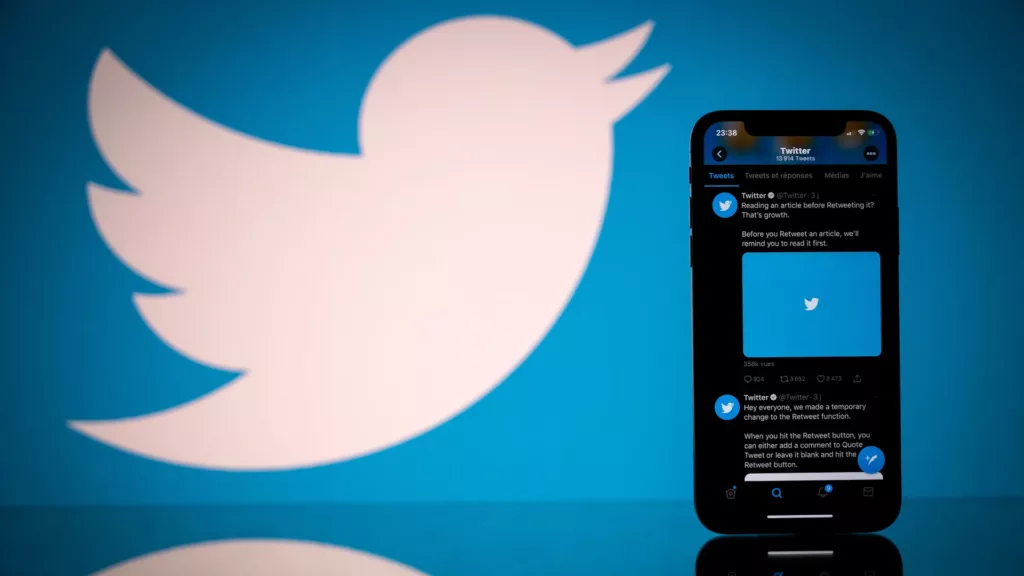Twitter, under the leadership of Elon Musk, has been facing a series of recurring problems that disrupt its basic functions. The latest issue involves Twitter itself imposing restrictions on the number of tweets users can view per day, while also blocking non-logged-in users from accessing messages.
These measures were implemented in an effort to prevent platform crashes, with Musk attributing the problems to data scraping by other technology companies.
Daily Limits Implemented to Combat Data Scraping
Data scraping refers to the automated downloading of information from websites using specialized tools and computer programs. In the case of Twitter, it has become a target for data scraping by various entities, including artificial intelligence companies that require substantial amounts of data for training their AI models.
While the existence of data scraping is a genuine concern, Musk’s proposed solution may have inadvertently caused more harm to the platform. Musk decided to introduce daily limits on the number of tweets that users can view. Initially, verified accounts were limited to 6,000 messages, unverified accounts to 600 messages, and new or unverified accounts to a mere 300 messages.
To address extreme levels of data scraping & system manipulation, we’ve applied the following temporary limits:
– Verified accounts are limited to reading 6000 posts/day
– Unverified accounts to 600 posts/day
– New unverified accounts to 300/day— Elon Musk (@elonmusk) July 1, 2023
Although the restrictions have been somewhat eased since then, they still remain in effect. Additionally, the display of tweets to non-logged-in users has been completely blocked, which may have further exacerbated server issues.
Twitter Conducts Self-Inflicted DDoS-Like Attacks
A developer named Sheldon Chang recently discovered an unusual bug within the Twitter web application. The bug caused the application to continuously send new requests to the servers in rapid succession. This behavior is reminiscent of a Distributed Denial of Service (DDoS) attack, where an overwhelming amount of requests flood a server, rendering it unable to respond effectively.
Chang expressed his astonishment, stating, “It’s incredibly fun. It seems that Twitter is carrying out a DDoS attack on itself. The Twitter homepage was down for most of this morning. Even though nothing is loading, the Twitter website keeps trying.”
The excessive internal requests and subsequent blocking of content due to Musk’s new restrictions created unforeseen conditions that the engineers did not anticipate, resulting in a comedic chain of errors leading to a self-blocking, self-DDoS-like attack.
Former Twitter employee Yoel Roth also commented on the situation, emphasizing that manipulating limits has historically been a risky endeavor that can lead to severe disruptions.
Twitter’s Responsibility and Possible Causes
While it is plausible that Twitter has become a target for extensive data scraping, the company itself may bear some responsibility for the situation. Twitter had previously implemented exorbitant fees for accessing its API, which many companies relied on to gather data from the platform for purposes such as scientific research.
In light of these challenges, Twitter finds itself at a critical juncture, where it must strike a balance between protecting user data and ensuring a smooth and uninterrupted user experience. The company will need to address the root causes of these issues while also considering alternative approaches to combat data scraping, without compromising the functionality and accessibility of its platform.
